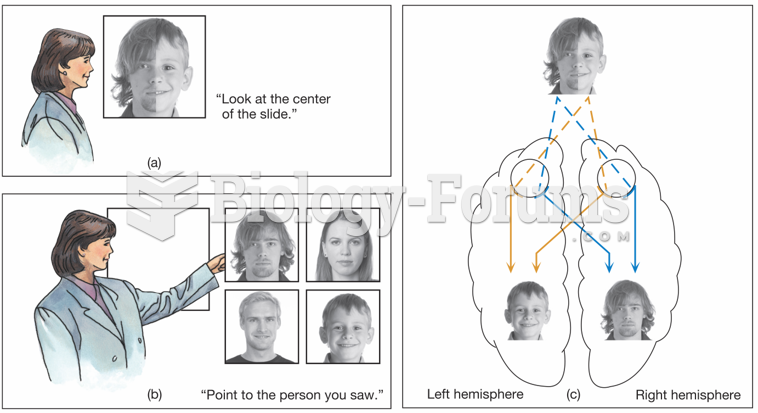Answer to Question 1
About 45,000 students located in 433 secondary schools participate in the study.
The most recent MTF survey in 2009 indicates that, with a few exceptions, drug use among American adolescents continued to decline from the peak levels reached in 1996 and 1997 .
Annual drug use was down by more than one-third (34 percent) for 8th graders during this time period, while reductions have been somewhat lower for those in the 10th (24 percent) and 12th (14 percent) grades. Drug use peaked in the late 1970s and early 1980s and then began a decade-long decline until showing an uptick in the mid-1990s; usage for most drugs has been stable or in decline since then.
Especially encouraging has been a significant drop in the use of alcohol by the youngest kids in the surveya 10 percent drop in annual rates in the last five years (from 33.9 percent in 2005 to 30.3 percent in 2009) and a 30 percent drop in the last 10 years (from 43.1 percent in 2000).
There has also been a continuing decline in cigarette smoking, as well as the use of smokeless tobacco products. According to the study authors, cigarette use in 2009 was at its lowest levels recorded in the life of the MTF survey 34 years in the case of high school seniors.
In recent years, a great deal of attention has been paid to the use of prescription-type drugs such as narcotics, tranquilizers, and sedatives among youths. From 2008 to 2009, annual use of OxyContin, a prescription painkiller narcotic, was marginally higher among 12th-graders (from 4.7 percent in 2008 to 4.9 percent in 2009), but reached its highest level among 10th-graders: 5.1 percent, which is up 42 percent from the previous year.
Student views will vary.
Answer to Question 2
Hope's Law was signed into law by Missouri Governor Jay Nixon on July 9, 2009 . The law states, in part, that anyone who possesses methamphetamine in the presence, or the home of, a person younger than 17, will be guilty of endangering the welfare of a child, in the first degree..
Hope Turner was five-years-old when she was first exposed to methamphetamine. She didn't ingest it, but she just as easily could have. Her dad used methamphetamine on a regular basis, and would leave the drug laying about the house.
Called to the house on another matter one night in December 2005, Kansas City, Missouri, police discovered a gram of the drug and the implements used to smoke it. Hope was being watched by her dad that night, as was sometimes the case ever since her mom and dad had divorced.
The police charged Hope's dad with possession of an uncontrolled substance. But that was the extent of the case. Unlike some states, Missouri did not consider the use or possession of illicit drugs in the presence of a minor a form of child endangerment, a criminal offense punishable with a prison sentence.
The case made front page headlines and outraged the community and Dennine Turner, Hope's mom. Concerned for the safety of her own daughter and other children throughout the state, Dennine Turner lobbied the state legislature and the governor to take action.
Methamphetamine use was especially problematic in the state. Its use by teenagers and adults was on the rise, and home meth labs were being uncovered by law enforcement at a rate of more than one a day, putting children at serious risk of exposure to the drug and injury from the toxic chemicals used in its manufacture.
Student view will vary.







